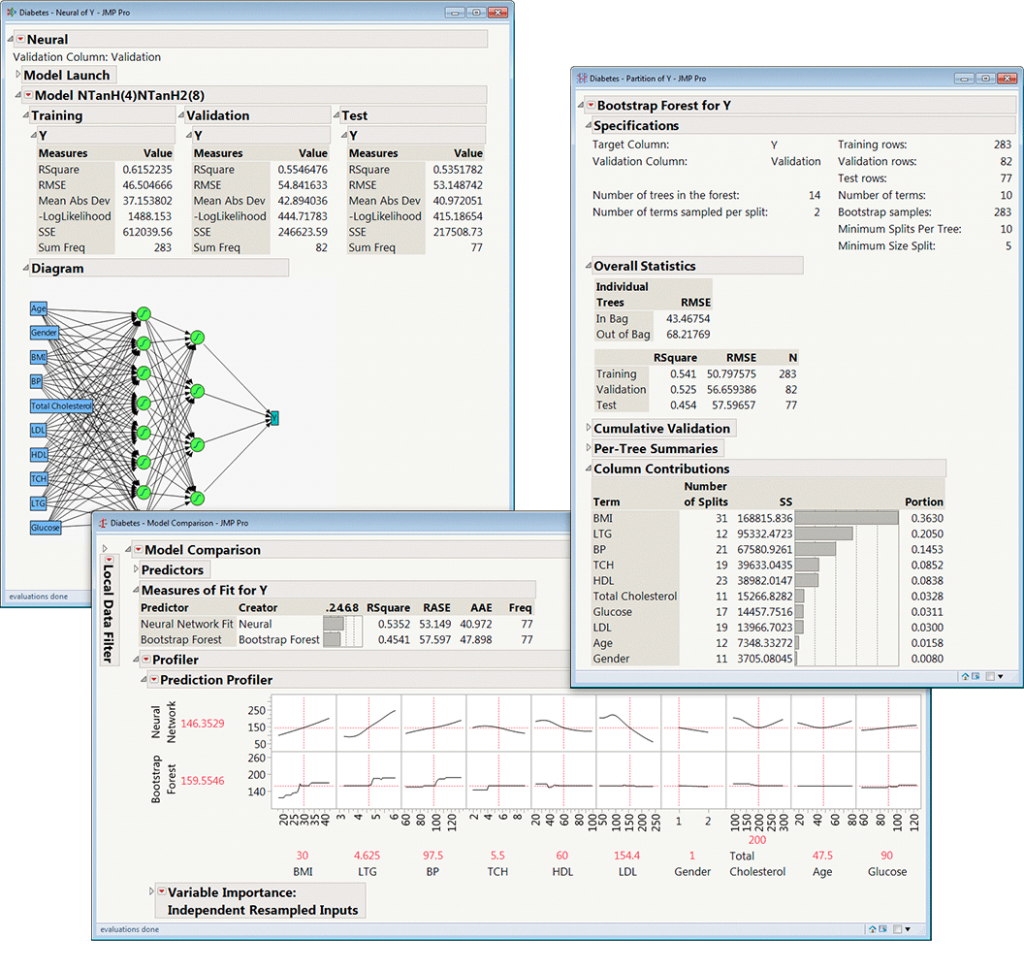Pr David Meintrup, Pr Peter Goos and Volker Kraft explain how to:
- deploy the analytical capability you need more quickly and easily than before
- supporting data-driven innovation and problem solving throughout your operations

Pr David Meintrup, Pr Peter Goos and Volker Kraft explain how to:
Building useful statistical models is many-faceted, involving a blend of statistical knowledge, domain-specific knowledge, software knowledge and technique, inventiveness and perseverance. The link between data exploration and modeling is vital, and is supported well by the interactivity and agility of JMP. These same properties also support the interrogation and dissemination of the results of modeling, which is often equally important.
This presentation shows how JMP is well adapted to the needs of engineers and scientists who need to build empirical models, allowing them to leverage their own knowledge effectively, but without imposing unnecessary statistical burdens.
In the application of statistics, the use of statistically designed experiments is pre-eminent. Using computer-generated designs, the custom designer in JMP allows you to fit your design to the problem at hand, giving maximum assurance that you will collect just the data you need to quickly progress to the next cycle of learning. This presentation shows how using such designs has distinct advantages, both in pedagogy (because it unifies a miscellany of classical designs into a coherent framework that is easier to understand), and in extending practical application.
JMP is used by many top companies and universities globally. This success is partly due to free teaching and learning resources which make the learning process with JMP effective, efficient and enjoyable. This session will recommend some prominent resources and tools which help instructors to develop compelling training materials that allow new and advanced JMP users to leverage the data they collect most effectively.